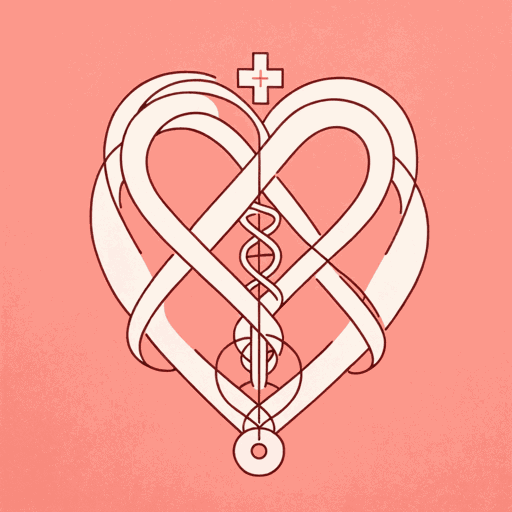38 pages • 1 hour read
Jeanette WintersonWritten On The Body
Fiction | Novel | Adult | Published in 1992A modern alternative to SparkNotes and CliffsNotes, SuperSummary offers high-quality Study Guides with detailed chapter summaries and analysis of major themes, characters, and more.
Pages 113-140Chapter Summaries & Analyses
Pages 113-132 Summary: “The Cells, Tissues, Systems and Cavities of the Body”
The narrator investigates various parts of the body, beginning with the functions of the cell. The narrator explain “mitosis,” a term referring to the process of the multiplication of cells, and note that Louise’s thymus gland is “making too much of herself” (115), that is, overproducing white cells that interfere with the function of the spleen.
The narrator imagines acting as a sentry capable of protecting Louise from these invading cells by crawling inside her body and asking, “Who comes here?” (115). The narrator realizes that Louise must fight these trespassers on her own.
Next, the narrator reflects on the tissues, which one can see with “the naked eye.” The narrator reminisces about the narrator’s intimate knowledge of Louise’s body, describing her various bodily tissues, including the scars on Louise’s mouth and thighs, as well as the injuries that caused them.
The narrator moves to the cranial cavity and the brain, identifying with an archeologist exploring the mausoleum of Louise’s body. The narrator discusses the impact of age upon the head: flaring nostrils, deepened eye sockets, slackened mouth, and enlarged ears signal that “the body is making way for worms” (119).
The narrator describes Louise’s head in detail, particularly the much-admired “strong front of your forehead and the long crown” (119).
Related Titles
By Jeanette Winterson

Frankissstein
Jeanette Winterson

Oranges Are Not the Only Fruit
Jeanette Winterson

Sexing the Cherry
Jeanette Winterson

The Gap of Time: The Winter's Tale Retold
Jeanette Winterson

The Passion
Jeanette Winterson

Why Be Happy When You Could Be Normal?
Jeanette Winterson

